What will happen to the solar panels during an eclipse? In this article, we will see how solar power systems are affected when the moon’s shadow passes by the solar panels. This will show you how the solar eclipse affects the production of solar energy.
A solar eclipse is a phenomenon in which the shadow of the Moon covers a part of the Earth during the daytime. How frequently do we have solar eclipses? Every year, there are between 2 and 5 of them.
“The total solar eclipse, when the Moon completely obscures the Sun and leaves only the faint solar corona, is known as a Totality. This happens once every 18 months, approximately. ” (Source)
Solar Panels vs. Solar Eclipse Observations
We will be looking at a 50kWp solar PV system located in a desert area in the UAE. This happened during the 21st of June 2020 when a solar eclipse occurred around 9 a.m. The area does not experience shading aside from the clouds formation because it is located in a wide sandy field.
Video
Energy Production During Eclipse – June 21, 2020
The graph below shows the rapid dip of the solar energy produced starting at 8:15 am.
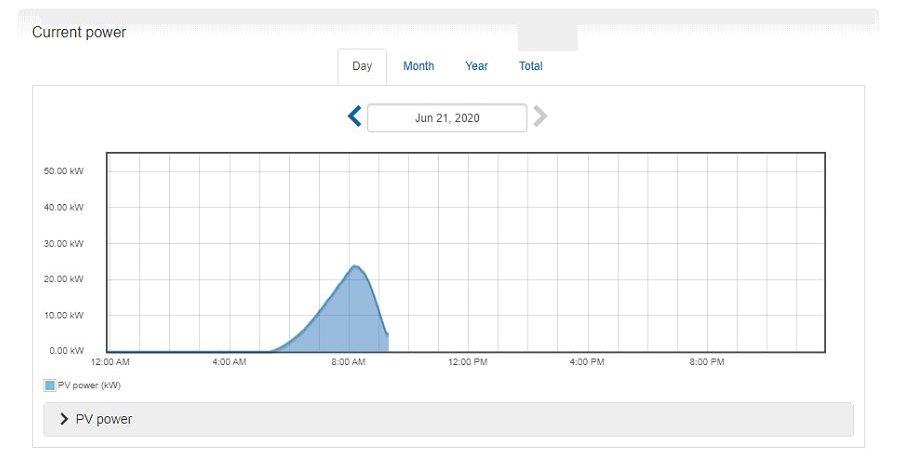
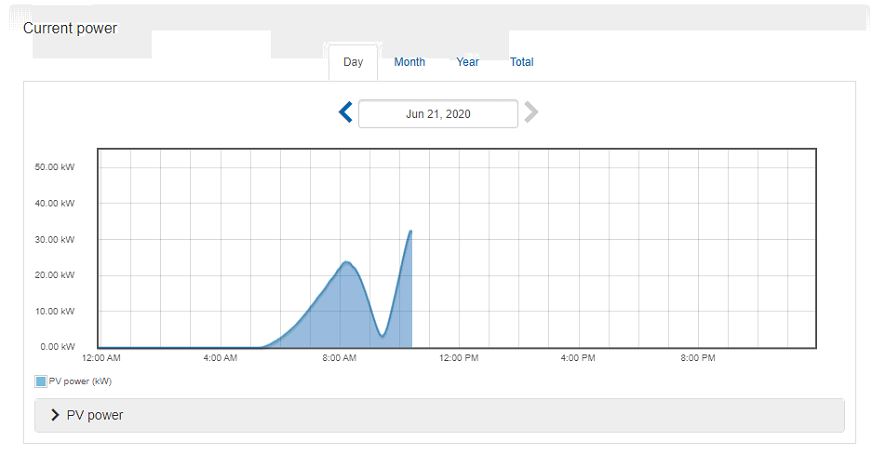
The above graph tells us something about the relationship between the amount of solar energy produced and the available light from the Sun. This shows what was happening during the dip. As the shadow of the moon covered the sunlight rapidly, it also reduces the amount of energy being produced by the solar panels. It does not mean that the solar panel is bad, actually.
As the solar eclipse started to end, the shadow slowly moves away from the solar panels. This causes energy production to rapidly increase. The graph shows that the solar eclipse was at its peak at 9:36 am as experienced by the solar PV system. With this, we can assume that the solar panels experienced the same light exposure as if it was still 5:00 am.
Update:
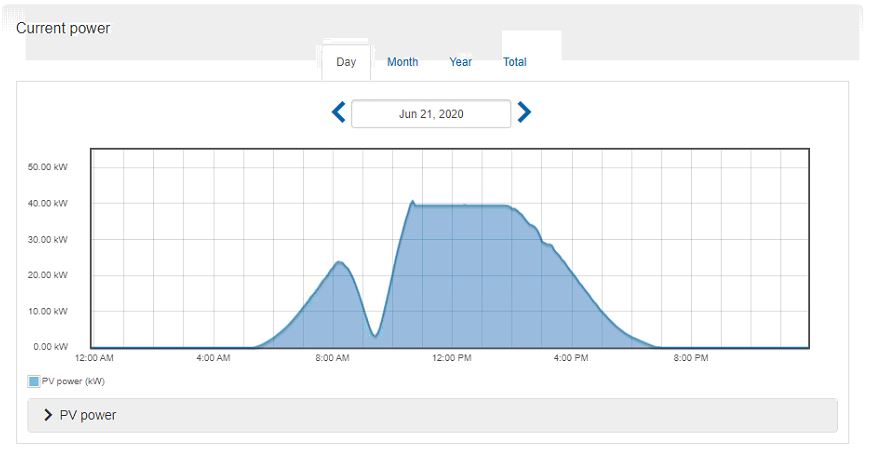
By the end of the day (June 21, 2020), the graph shows the effect of the solar eclipse to the system’s energy production. The field has only experienced a partial eclipse which made the UAE sky to become 90% dark.
Energy Production a day before the Eclipse
The graph below shows the solar energy production from the previous day, June 20, 2020. This is the performance of the solar panels during a normal day with minimum clouds. As we can observe, it seems like it has capped around 40kW and that is because it is supplying a load that draws around 30-40kW as well.
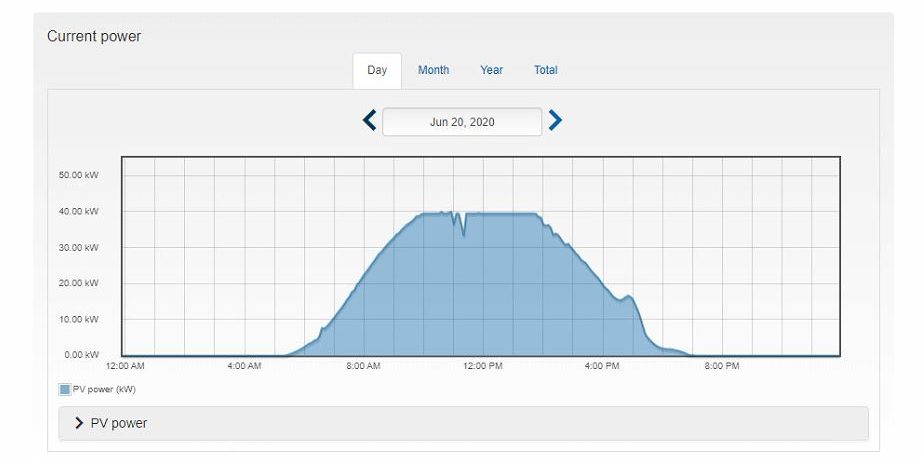
What do we learn from this
This phenomenon gives us a humbling reminder of how we freely receive the benefits from the source of solar energy, which is the Sun. With the occurrence of the solar eclipse, we can see how quick the loss and regain of sunlight affect the power production of each solar module and the PV system as a whole.
On the News:
- https://www.khaleejtimes.com/news/general/Day-goes-dark-as-solar-eclipse-blocks-over-80-of-the-sun-in-UAE
- https://www.thenational.ae/uae/environment/dramatic-ring-of-fire-solar-eclipse-darkens-the-sun-over-emirates-1.1036289
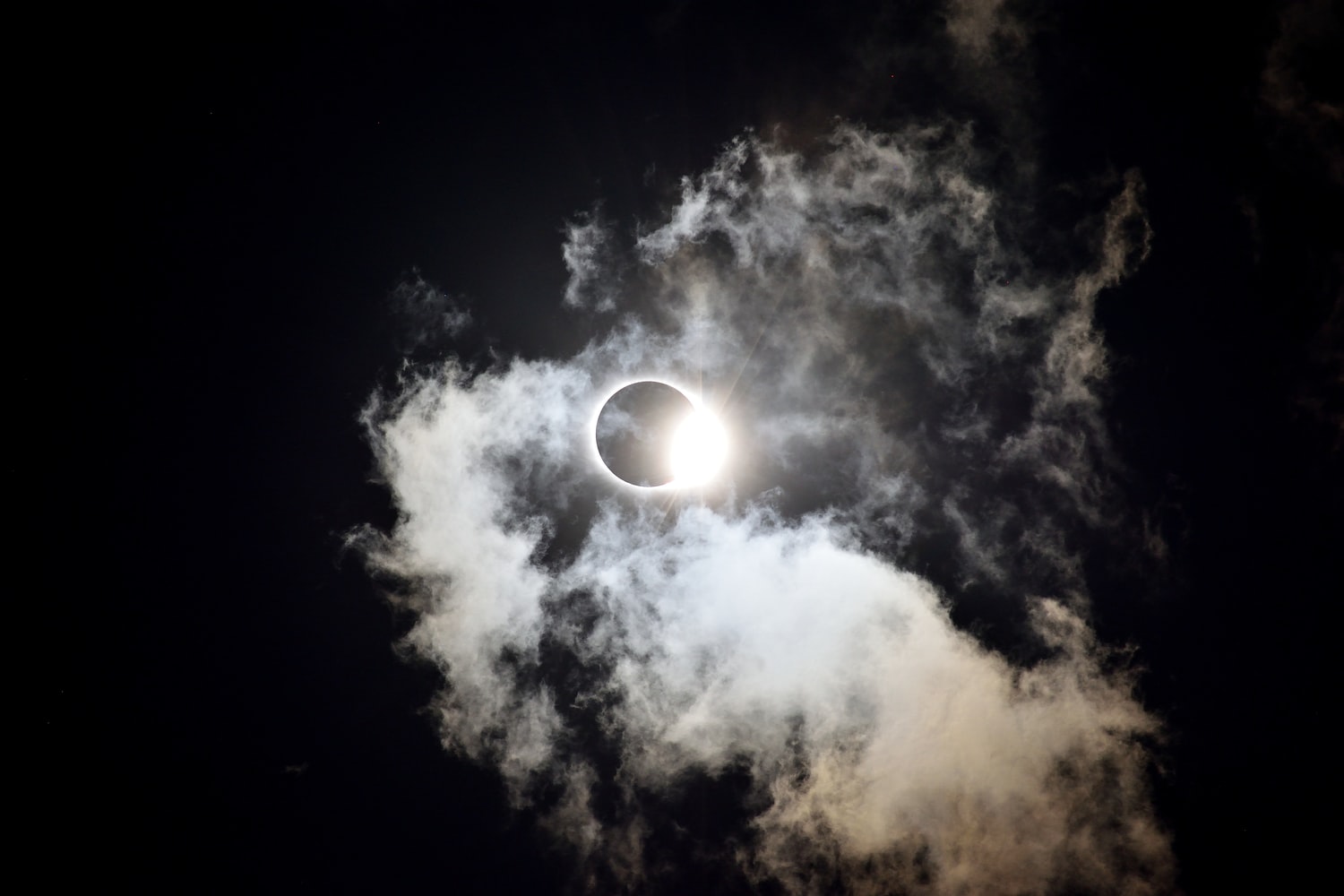







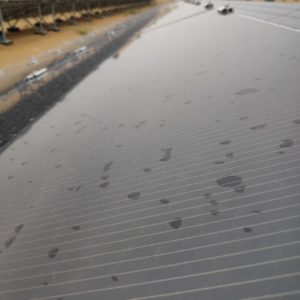
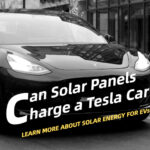


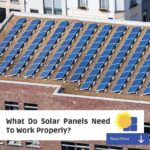
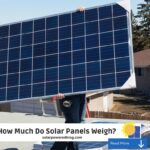


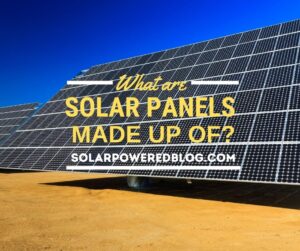
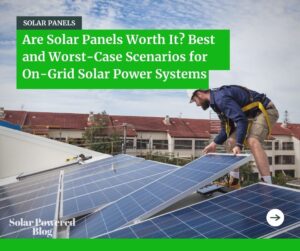

In this modern age, we know how important is solar panel. Solar panels playing a big role to complete daily electricity needs at a low cost. Now solar panels use industrially. Many big companies use solar panels to complete their 50% of electricity needs